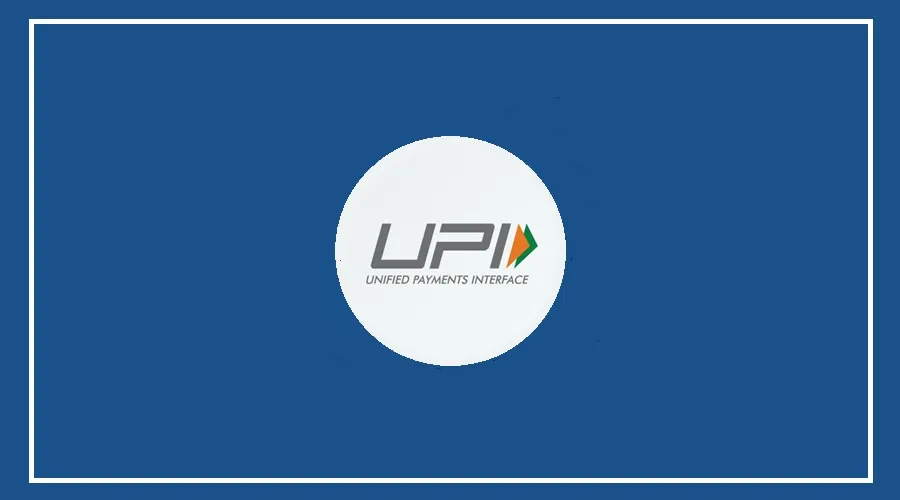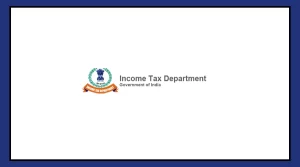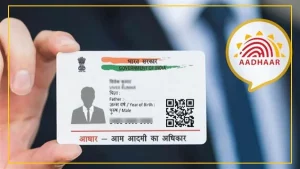India’s popular digital payment system, Unified Payments Interface (UPI), will see important changes starting August 1, announced by the National Payments Corporation of India (NPCI).
These updates aim to make the platform more stable, reduce transaction failures, and improve user experience during busy times.
Why These Changes Are Needed
NPCI took action after two major UPI outages on March 26 and April 12 that caused millions of transactions to fail, frustrating users across India.
Since UPI handles nearly 85% of India’s digital payments and about 60% of real-time retail payments worldwide, any disruption affects a huge number of people. These new rules are meant to avoid such problems in the future.
New Rule #1: Limit on Balance Check Requests
From August 1, UPI users can check their account balance only up to 50 times per day. Previously, there was no limit.
Most users won’t be affected, but this limit helps stop bots and excessive checks that slow down the system.
New Rule #2: Fixed Time Slots for AutoPay Transactions
AutoPay payments like EMIs, subscriptions, and utility bills will now be processed only during specific time slots instead of randomly throughout the day.
Though users will see their payments deducted as usual, businesses and merchants must update their systems to match the new time windows.
What This Means For You
Users: Little to no change unless you check your UPI balance more than 50 times daily.
Merchants/Businesses: Need to adjust AutoPay schedules to follow NPCI’s fixed time slots.
Banks and Apps: Will update their systems (APIs) to support the new rules and make UPI smoother and more reliable.
These changes might seem small but are key steps to strengthen India’s leading digital payment platform and keep it ready for the future.
























